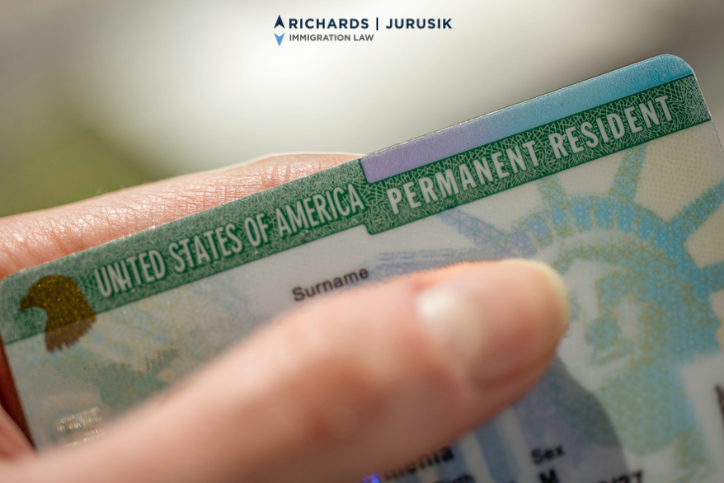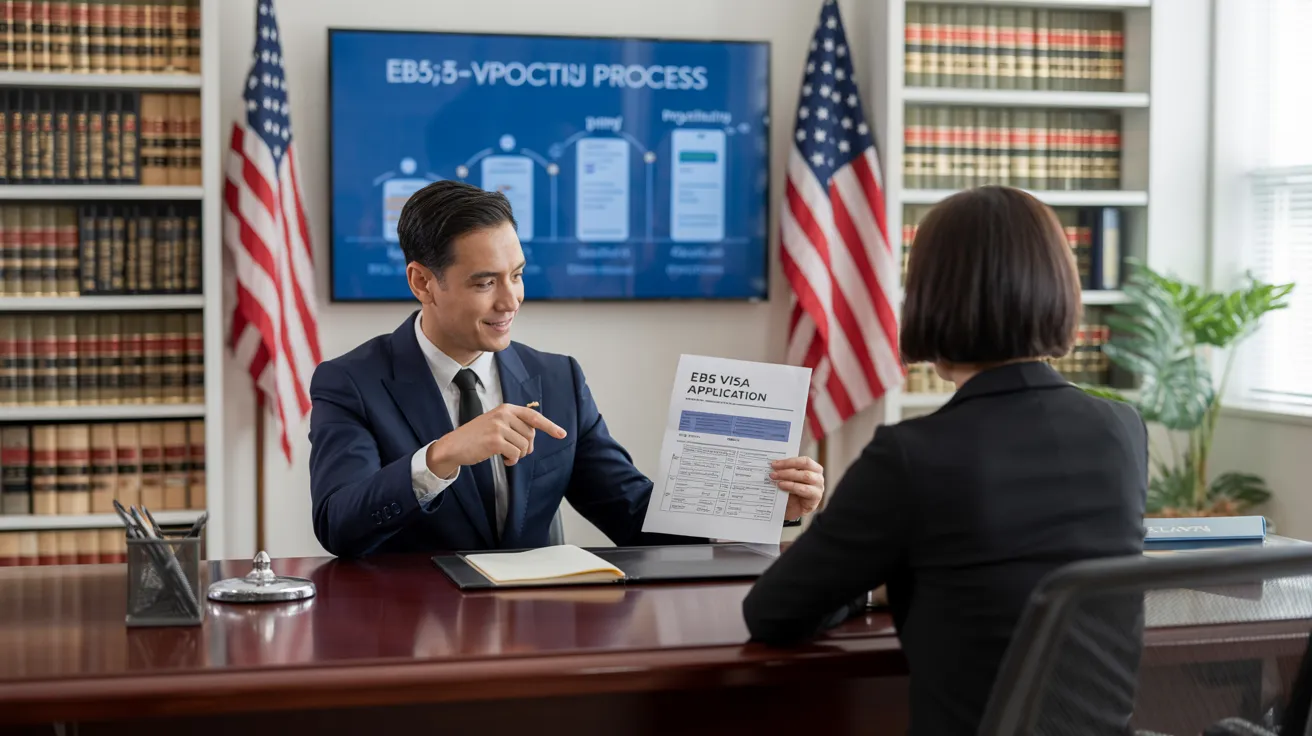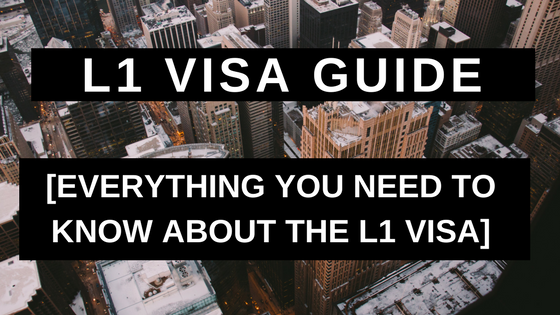The Buzz on L1 Visa
Table of ContentsLittle Known Questions About L1 Visa.About L1 VisaThings about L1 VisaMore About L1 VisaNot known Details About L1 Visa The 2-Minute Rule for L1 Visa
Readily Available from ProQuest Dissertations & Theses International; Social Scientific Research Premium Collection. DHS Workplace of the Assessor General. Retrieved 2023-03-26.

U.S. Division of State. Recovered 2023-02-08. Tamen, Joan Fleischer (August 10, 2013).
Some Of L1 Visa
In order to be qualified for the L-1 visa, the international company abroad where the Beneficiary was utilized and the U.S. firm need to have a certifying partnership at the time of the transfer. The different types of qualifying connections are: 1.
Instance 1: Business A is included in France and uses the Beneficiary. Firm B is included in the U.S. and wishes to seek the Beneficiary. Firm A has 100% of the shares of Business B.Company A is the Parent and Business B is a subsidiary. As a result there is a certifying relationship in between the two companies and Company B should have the ability to sponsor the Recipient.
Business A possesses 40% of Company B. The remaining 60% is possessed and regulated by Business C, which has no relationship to Business A.Since Company A and B do not have a parent-subsidiary partnership, Company A can not sponsor the Beneficiary for L-1.
Business An owns 40% of Business B. The staying 60% is owned by Firm C, which has no connection to Business A. Nonetheless, Firm A, by official arrangement, controls and full manages Firm B.Since Firm A possesses much less than 50% of Firm B however takes care of and controls the firm, there is a qualifying parent-subsidiary partnership and Company A can fund the Beneficiary for L-1.
4 Easy Facts About L1 Visa Described
Firm B is incorporated in the United state
The 8-Minute Rule for L1 Visa

The L-1 visa is an employment-based visa classification established by Congress in 1970, allowing international firms to move their managers, execs, or essential employees to their united state operations. It is frequently described as the intracompany transferee visa. There are two major sorts of L-1 visas: L-1A and L-1B. These types appropriate for staff members hired in different positions within a firm.

Additionally, the recipient needs to have functioned in a managerial, executive, or specialized employee placement for one year within the three years preceding the L-1A application in the foreign business. For new workplace applications, foreign employment needs to have been in L1 Visa law firm a supervisory or executive capacity if the recipient is involving the USA to function as a manager or exec.
The Of L1 Visa

If given for an U.S. business operational for even more than one year, the initial L-1B visa is for up to 3 years and can be extended for an extra 2 years (L1 Visa). Conversely, if the united state firm is freshly developed or has actually been functional for much less than one year, the first L-1B visa is issued for one year, with expansions offered in two-year increments
The L-1 visa is an employment-based visa classification developed by Congress in 1970, allowing international companies to move their supervisors, executives, or essential workers to their united state procedures. It is generally described as the intracompany transferee visa. There are 2 primary kinds of L-1 visas: L-1A and L-1B. These types are appropriate for staff members hired in various L1 Visa requirements settings within a firm.
The Facts About L1 Visa Uncovered
Additionally, the recipient has to have worked in a managerial, exec, or specialized employee setting for one year within the 3 years preceding the L-1A application in the foreign business. For brand-new workplace applications, foreign employment needs to have been in a managerial or executive ability if the beneficiary is pertaining to the USA to work as a manager L1 Visa process or executive.
for as much as 7 years to oversee the operations of the U.S. associate as an exec or supervisor. If released for an U.S. firm that has actually been operational for greater than one year, the L-1A visa is originally granted for up to three years and can be extended in two-year increments.
If provided for an U.S. business functional for even more than one year, the preliminary L-1B visa is for approximately three years and can be expanded for an added 2 years. On the other hand, if the U.S. firm is freshly developed or has actually been functional for less than one year, the preliminary L-1B visa is issued for one year, with expansions offered in two-year increments.
Comments on “L1 Visa Explained”